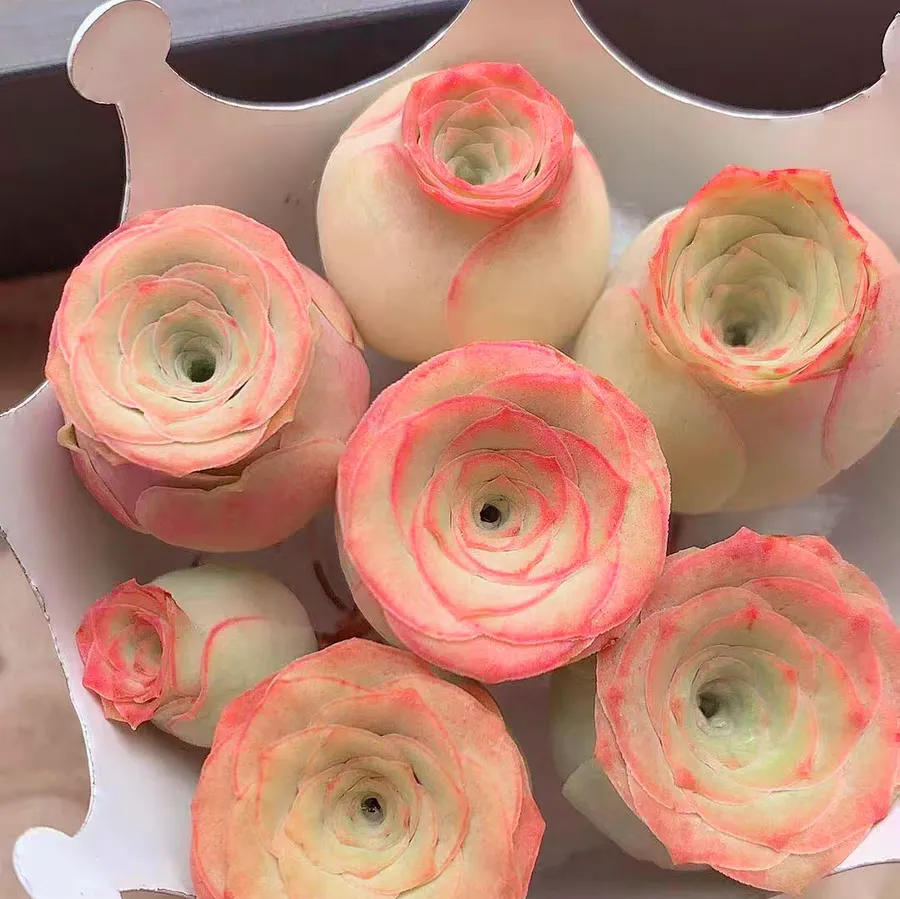Why do succulents die easily in summer?

Share with
Caring for succulents in summer is akin to surviving a trial by fire, as high temperatures, torrential rains, and stifling humidity bombard them one after another. A moment's inattention can lead to waterlogging, black rot, or worse. Below are several succulent varieties that are particularly prone to dying in summer, along with essential care tips:
### 1. **Mountain Rose (Aeonium aureum)**
- **Dormancy Trait**: Enters dormancy in high summer, with leaves tightly curling into a rose-like shape that resembles wilting but is actually a survival mechanism.
- **Cause of Death**: Watering during dormancy easily rots the core—one misstep can be fatal.
- **Countermeasure**: Stop watering and fertilizing entirely. Place in a cool, ventilated spot to "play dead" until autumn.
### 2. **Bear's Paw (Cotyledon tomentosa)**
- **Appearance**: Thick, fuzzy leaves resembling tiny bear paws, with reddish tips in strong temperature contrast, making them irresistibly cute.
- **Cause of Death**: Hairy leaves retain moisture, leading to waterlogging and leaf loss, often leaving the plant bare.
- **Countermeasure**: Strictly shade from direct sun and control water. Use a narrow-spouted watering can to add small amounts along the pot’s edge.
### 3. **Jade Dew (Haworthia cooperi)**
- **Feature**: Transparent or semi-transparent leaves with a "window" structure, glowing like crystals when light passes through.
- **Cause of Death**: Sun暴晒 (exposure) turns leaves gray and shriveled, while闷热 (stuffy, humid) conditions rot roots and leaves.
- **Countermeasure**: Keep in indirect light. At night, cover with a plastic cup for **30-minute限时闷养 (temporary humidity retention)** to maintain moisture.
### 4. **Living Stone (Lithops)**
- **Morphology**: Resembling pebbles, these "flowering stones" grow by molting.
- **Cause of Death**: Summer watering leads to internal rot, while watering during molting causes new growth to stretch or die.
- **Countermeasure**: Stop watering completely and keep the soil dry.
### 5. **Baby Finger (Sedum pachyphyllum)**
- **Look**: Plump, finger-like leaves in pale green to pink hues.
- **Cause of Death**: High summer heat and humidity trigger black rot, as the plant has low resistance.
- **Countermeasure**: Use highly breathable granular soil and place in a cool, well-ventilated area.
### 6. **White Peony (x Graptoveria 'Titubans')**
- **Origin**: A hybrid of *Graptopetalum paraguayense* and *Echeveria derenbergii*, with spoon-shaped, powdery gray-white leaves.
- **Cause of Death**: Prone to powdery mildew and black spot in summer; overwatering causes stretching and root rot.
- **Countermeasure**: Spray fungicides regularly for prevention. Strictly control water and increase light exposure.
### Emergency Guide for Black Rot & Waterlogging:
1. **Immediate Action**: If leaves show black rot or waterlogging, **behead the plant immediately**. Use a sharp scissors to cut off diseased parts, preserving healthy stems and leaves.
2. **Wound Treatment**: Dust cut surfaces with **carbendazim powder** and air-dry in a cool, ventilated area for 1–2 days until fully calloused.
3. **Repotting**: Use a **new small-diameter pot** and fresh granular soil. Discard or thoroughly sterilize old soil and pots to avoid reinfection.
4. **Post-Care**: Do not water after repotting. Keep in indirect light for 1–2 weeks, then add small amounts of water along the pot edge to encourage new root growth.
With proper precautions and quick response, your succulents can survive the summer unscathed! 🌵✨
Tagged in :




Leave a Reply